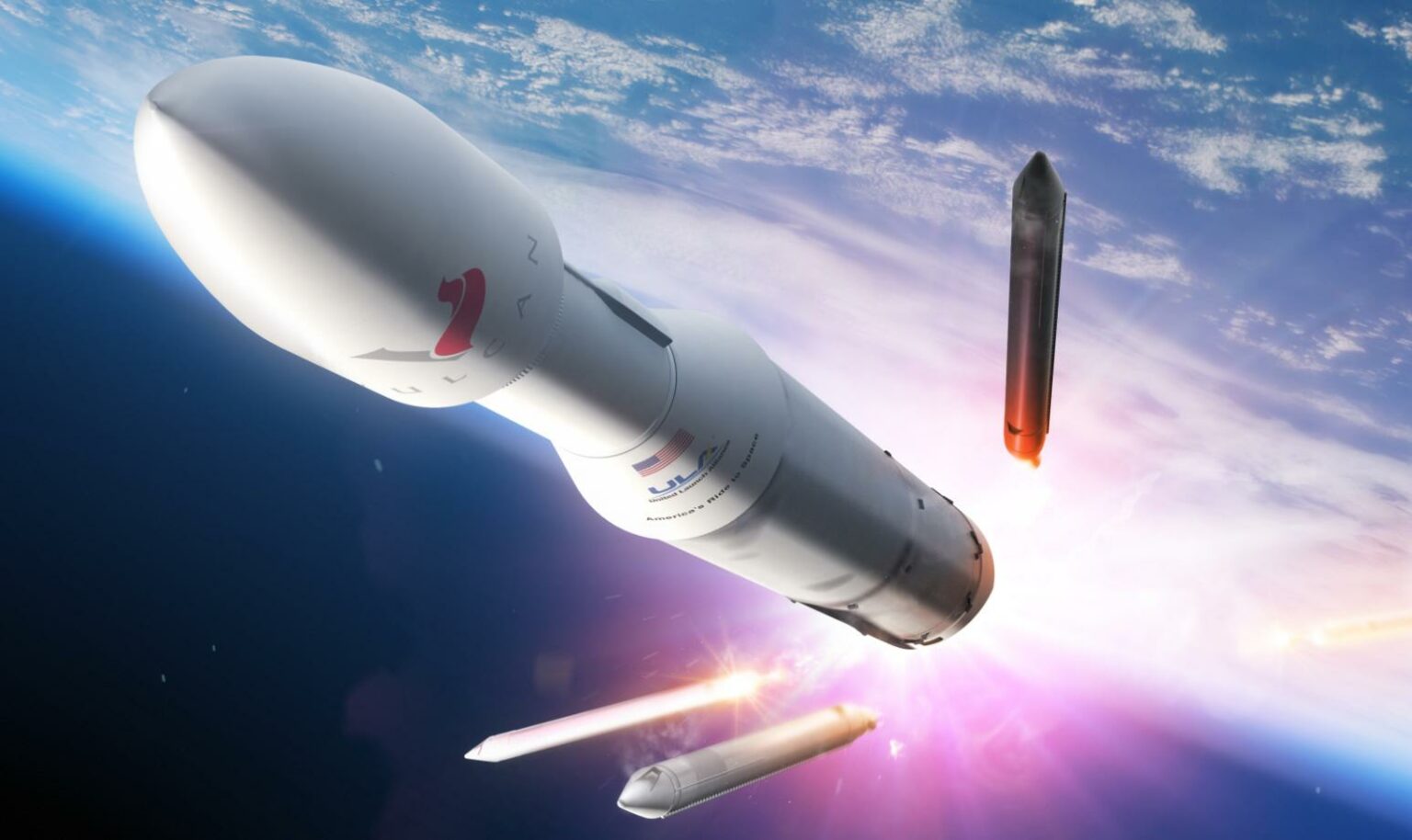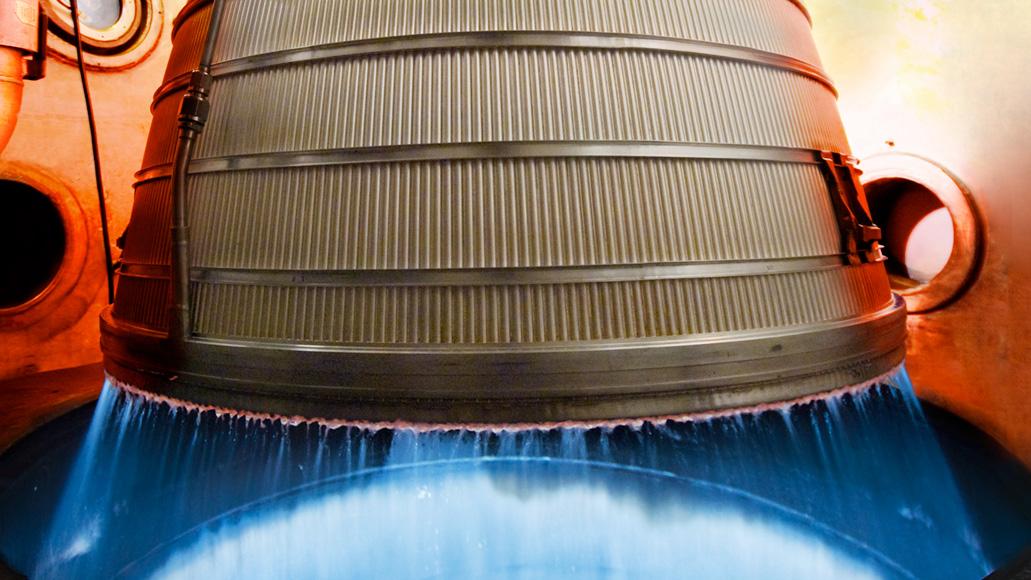Aerojet Rocketdyne has announced the receipt of a large order from the launch operator ULA (United Launch Alliance, a joint company of Boeing and Lockheed Martin). The contract provides for the supply of 116 RL10C-X engines. They will be used on the upper stage of the new Vulcan rocket.
Vulcan Rocket
The Vulcan rocket should replace Atlas V — the main “workhorse” of ULA of the past two decades. Its development began in 2014, shortly after Russia’s seizure of Crimea, when the American government decided to get rid of the dependence associated with Russian RD-180 engines (they are installed on the first stage of Atlas V) for national security purposes.

The new carrier will have a two-stage design with the possibility of adding side solid-fuel boosters. In its most powerful configuration, the rocket will be able to launch up to 27 tons into low Earth orbit.
Vulcan’s first stage is equipped with two BE-4 methane engines built by Blue Origin. It was the problems with this power unit that became one of the main reasons for several postponements of the date of the first launch of the Vulcan. But, judging by recent news, Blue Origin has finally managed to bring the engine to flight condition. The first launch of Vulcan is scheduled to take place before the end of this year.
RL10C-X Engine
Vulcan’s second stage is equipped with a pair of RL10C-X oxygen-hydrogen engines. They are a modification of the RL-10 engine used on a variety of American rockets, ranging from Saturn I to Delta 4 Heavy. Engineers have made several changes to the design of the unit. In particular, its main injector and main combustion chamber are printed on a 3D printer, and the nozzle is made of composite materials.

Such a large order for the RL10C-X is related to a recent deal in which Amazon ordered 38 Vulcan rockets. They will be used to deploy the Kuiper global satellite Internet system. With this contract in mind, ULA will have to at least double the frequency of Vulcan rocket launches. This, in turn, requires a significant increase in the pace of production of new rockets and their components.
According to https://spacenews.com
Follow us on Twitter to get the most interesting space news in time
https://twitter.com/ust_magazine

